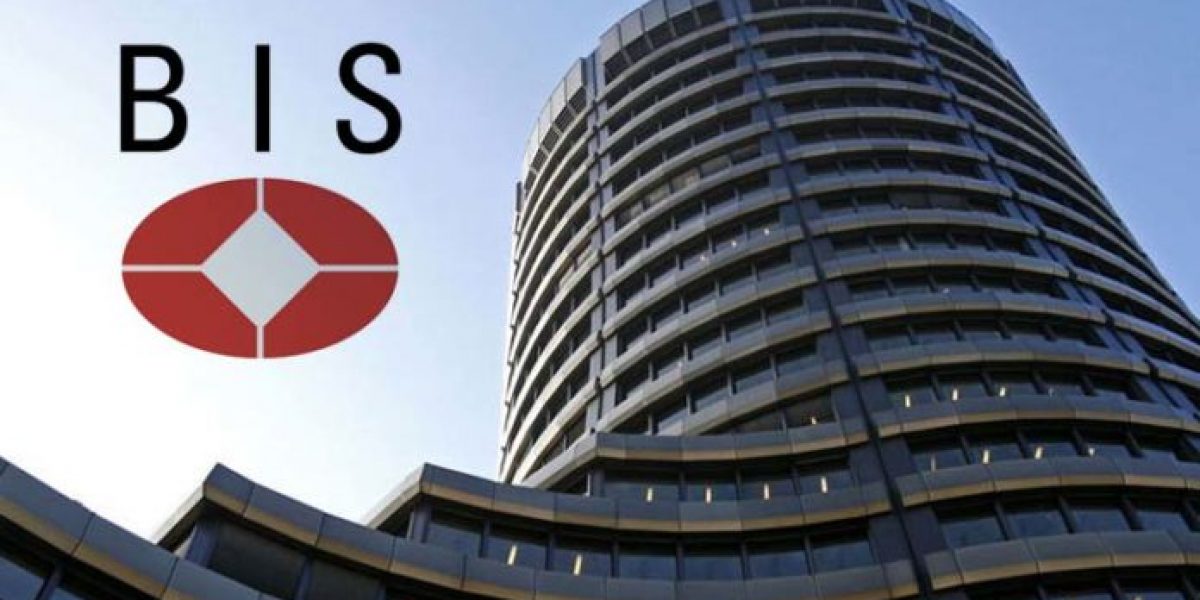
The Bank for International Settlements (BIS) has partnered with some of the world’s largest banks and credit card companies on a blockchain-based initiative aimed at transforming cross-border payments. Major financial institutions, including JPMorgan Chase & Co., Deutsche Bank AG, UBS Group AG, as well as Visa Inc. and Mastercard Inc., have joined the project, named Agora, which launched in May.
The initiative has attracted 41 private-sector companies alongside seven central banks from key jurisdictions such as the US, the euro area, Japan, and the UK.
Agora—Greek for “market”—seeks to develop an international platform where tokenized assets can be traded using digital currencies issued by the participating central banks, which oversee the world’s most significant reserve currencies. Through this unified ledger, investors would be able to conduct cross-border transactions with the security of central-bank-backed digital money, currently unmatched in the digital world.
Morten Bech, the project lead, explained to Bloomberg that the BIS collaborated with the Institute of International Finance to streamline the selection and onboarding process for private-sector participants, given the scale and high level of interest in Project Agora.
The BIS, often referred to as the “the bank of central banks,” facilitates transfers between monetary institutions and serves as a research hub for them. Its Innovation Hub is actively exploring ways to improve the global financial system, and Agora stands out as its largest and most complex initiative to date in terms of its geographic reach and participant involvement.
In addition to Agora, the BIS is also supporting mBridge, a separate project involving central banks from China, Asia, and the Arab world, which similarly enables instant cross-border payments and now includes commercial bank participation.
According to the BIS, Agora “has the potential to lay the foundation for a new regulated financial market infrastructure to facilitate cross-border payments. This is about improving, via technology, what central and commercial banks already do today and enabling greater speed and efficiency.”











